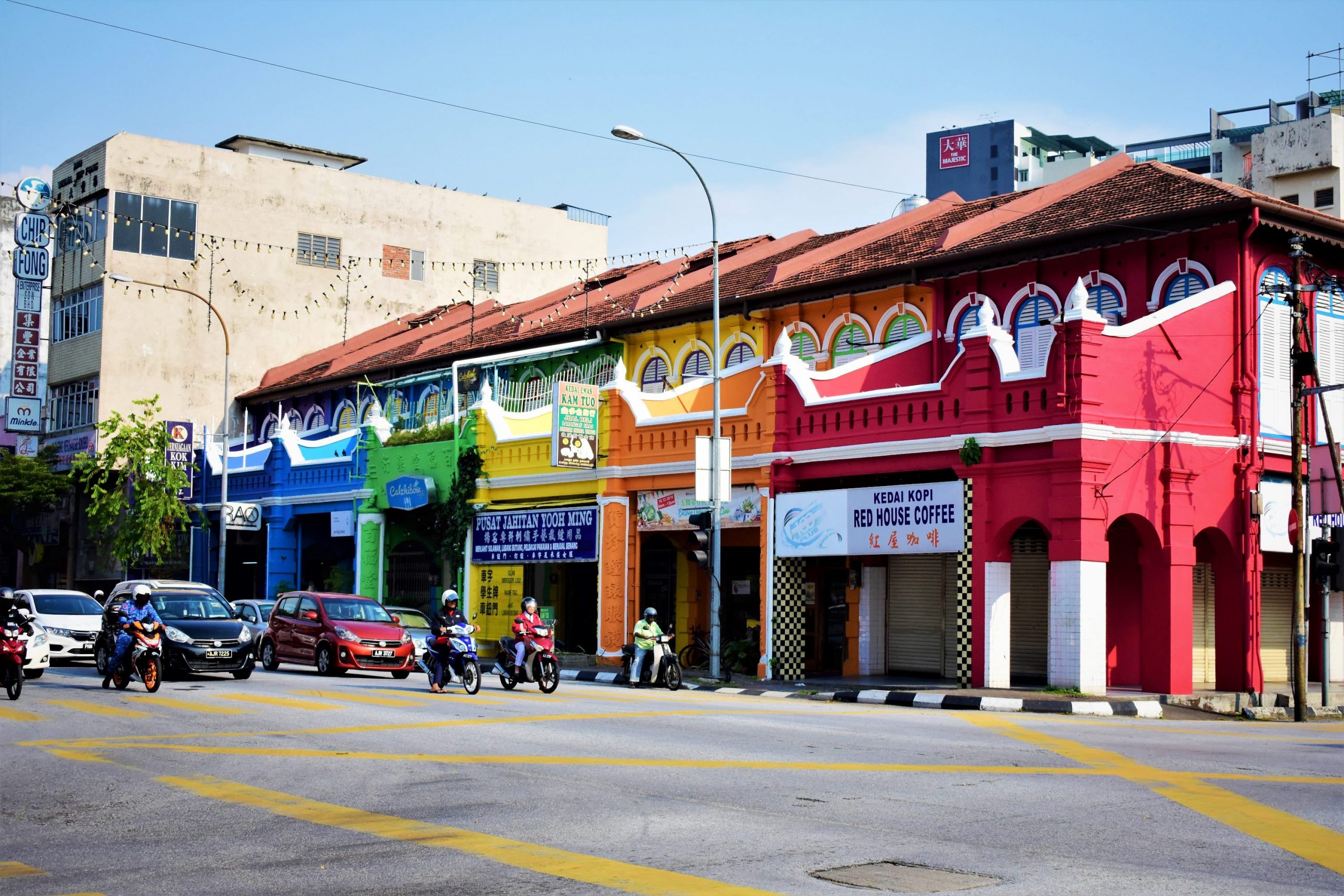SOAK IN THE ALLURING OLD-WORLD CHARM OF IPOH, THE PERFECT DESTINATION FOR A FUN FAMILY VACATION
By Pete Wong
During this time when travel is restricted to local destinations due to the Covid-19 pandemic, Ipoh comes to mind as the perfect choice for wholesome family fun. While the former colonial outpost and heritage town may not be as famous nor as big as Penang up north, it holds its own in terms of natural attractions and good street foods.
Officially a city and the capital of Perak state, Ipoh seems more like a small town with many colonial architecture, old shop houses and a few high-rise buildings. From its origins as a village, it grew to become a mining boom town in the 1880s. At one time, it was the most productive tin-producing region in the world where many locals and immigrants found their fortunes. The “city of millionaires” lost its glitter during World War II when Ipoh became the hotbed of resistance against the Japanese invaders in 1941. In the 1970s, Ipoh fell back into slumber and it was only in recent years that it found favour again with holidaymakers.
Thanks to its geographic location within the Kinta Valley, Ipoh is blessed with scenic limestone hills dating back 400 million years old, mysterious caves, crisp mountain air and clear spring water, earning it the nickname ‘Little Guilin’.
If you have not been to Ipoh lately, you will be surprised by the many transformations aimed at promoting tourism and ensuring the city maintains its reputation as a heritage city.
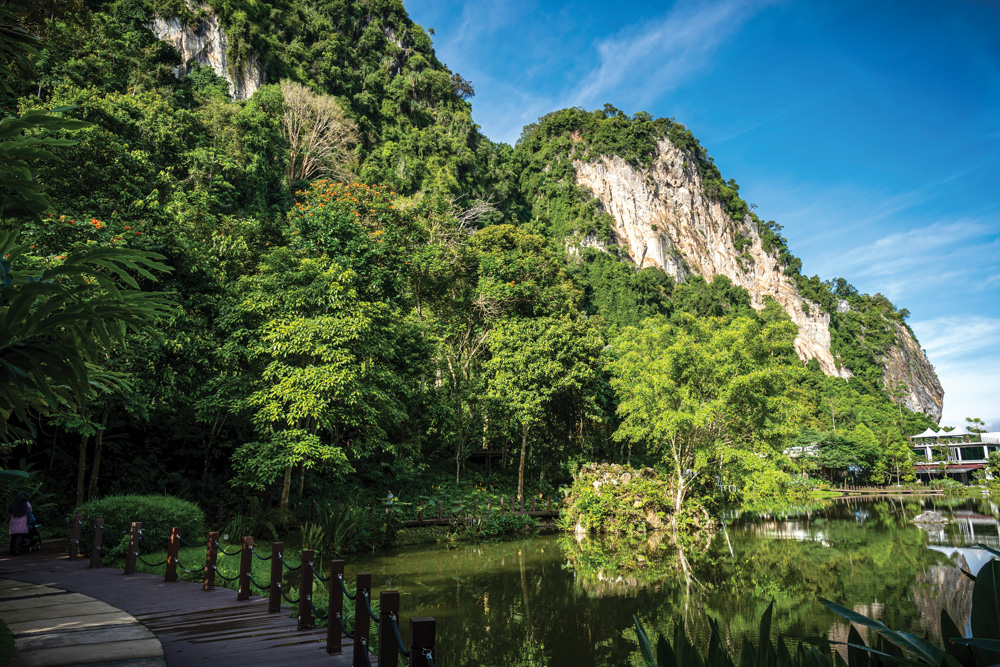
STEP BACK IN TIME
Ipoh has several famous back lanes worth exploring. Concubine Lane (Lorong Panglima) used to be a discrete place for wealthy men to put up their mistresses but it was neglected for many years until recently when it was spruced up and turned into a tourist attraction lined with souvenir shops and cafes. Along the lane, you may want to satisfy your child-like curiosity by stepping into Dream Big World which features a collection of model cars and miniature toys (7 Lorong Panglima) or relive history at Koo Kee Gallery (23 Jalan Panglima) which showcases antiques and memorabilia from the 1940s and 1950s.
Second Concubine Lane (Market Lane) is also worth a visit especially towards the evening when the colourful umbrellas strung up along the lane are lit while Wife Lane (Lorong Hale) is much quieter. If you need to get away from the hot sun, pop into Dong Cafe (22 Hale Street), which is housed within a heritage gallery, to enjoy a cup of coffee while admiring the surrounding antiques.
The Miniature Wonders Art Gallery (49 Jalan Market) has been getting rave reviews for its miniature dough figurine sculptures depicting Chinese history, folklore and legend. Here you can see figurines depicting a Song Dynasty banquet, a scene from the Monkey King legend and terracotta warriors and horses, for example, all with amazing attention to detail.
Movie buffs will enjoy Yasmin at Kong Heng, a small museum set up as a tribute to the late Yasmin Ahmad, one of Malaysia’s most famous film directors.
If you are interested in Ipoh’s history, drop by Ipoh World at Han Chin Pet Soo (www.ipohworld.org), a museum housed in a heritage building which used to be the exclusive Hakka Miners’ Club. Entrance is by appointment only and details are on their website.
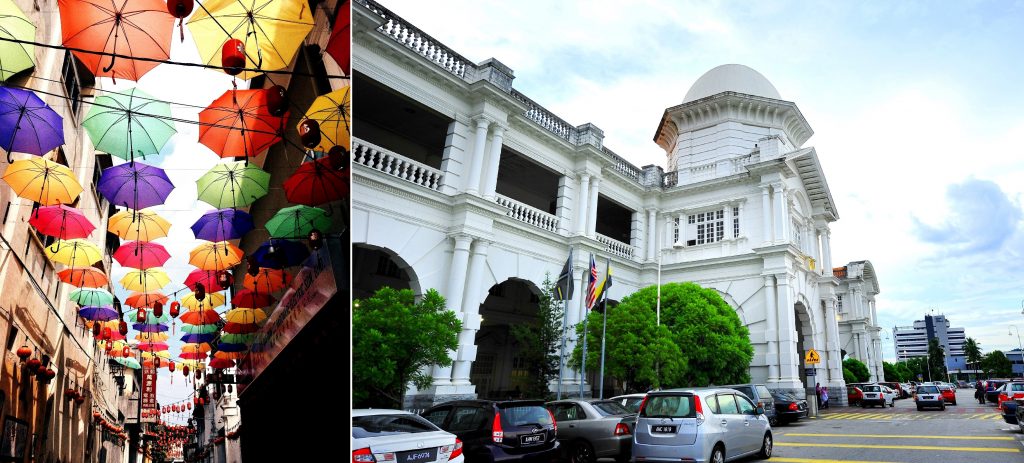
If you have time for just one colonial building, go check out the historic Ipoh Railway Station. Officially launched in 1917, it is called the ‘Taj Mahal of Ipoh’ because of its distinctive white facade and an architectural style that draws inspiration from British-Indian colonial and Edwardian-Baroque design. Outside the station is an Ipoh tree, planted in 1980, which the town is named after. The Birch Memorial Clock Tower, built in 1909, is another historical attraction.
If you are driving, you may want to check out Kellie’s Castle in Batu Gajah, about 20 kilometres south of Ipoh. The castle was an ambitious project by Scottish planter William Kellie-Smith in 1915 that was never completed due to his untimely death. By day, the building ruins is a popular tourist attraction among locals and wedding couples but the crowd will be gone by dusk as the place is believed to be haunted.
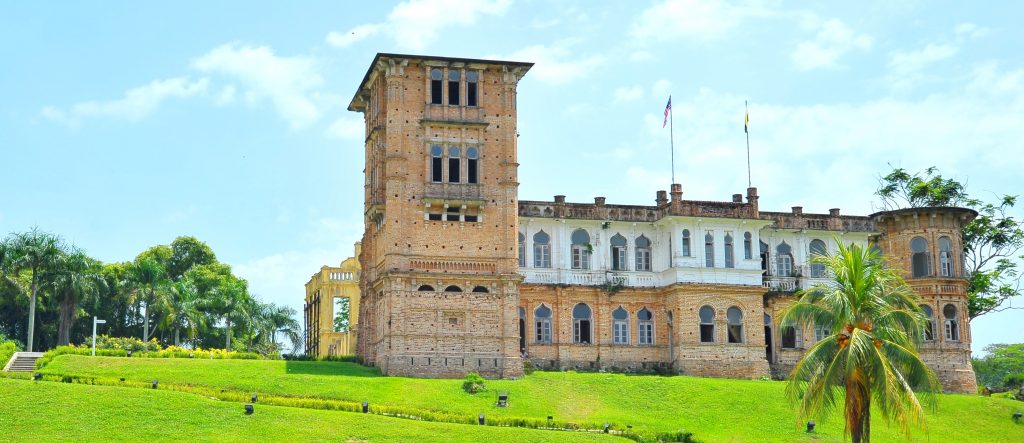
EXPLORE THE CAVES
Ipoh is dotted with limestone hills and it is no surprise that there are many interesting cave temples that provide a cool relief from the sweltering heat. The Perak Cave Temple, constructed in 1926, is just a few minutes outside the city. The cave interior is adorned with murals, Chinese calligraphy and statues. If you climb the 400 steps to the viewing deck on top of the hill, you will be rewarded with a panoramic view of the city.
Sam Poh Tong is another famous temple built on the side of a limestone hill. At the inner chamber, you will see a gold statue of Buddha on one side and Guanyin on the other side, flanked by the 18 luohans. Nearby is Kek Lok Tong Cave Temple which has a huge cave entrance leading to a beautiful garden surrounding a lake filled with lotus plants and koi fish.
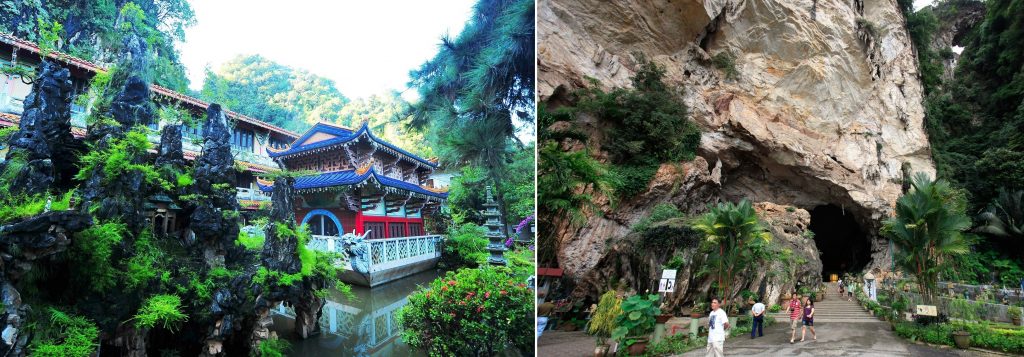
CULINARY ADVENTURE
Ipoh is famous for its street foods, pomelos, beansprouts, groundnuts and pastries such as kaya puffs and egg tarts. Locals are convinced that their local street foods are incomparable and there is some truth to this due to the works of nature that has blessed the Kinta Valley with fresh air, clean water and soil that is mineral-enriched.
The iconic Kong Heng restaurant may be touristy with long queues due to its limited seating capacity but many believe it’s worth the wait. The restaurant is famous for its gai si hor fun (noodle soup with shredded chicken), popiah (vegetable spring rolls) which comes in fried and wet versions, local white coffee, caramel egg custard and satay, among others.
If Kong Heng is packed, which is often the case on weekends, Thean Chun, located right beside it, offers more or less the same variety and taste just as good.
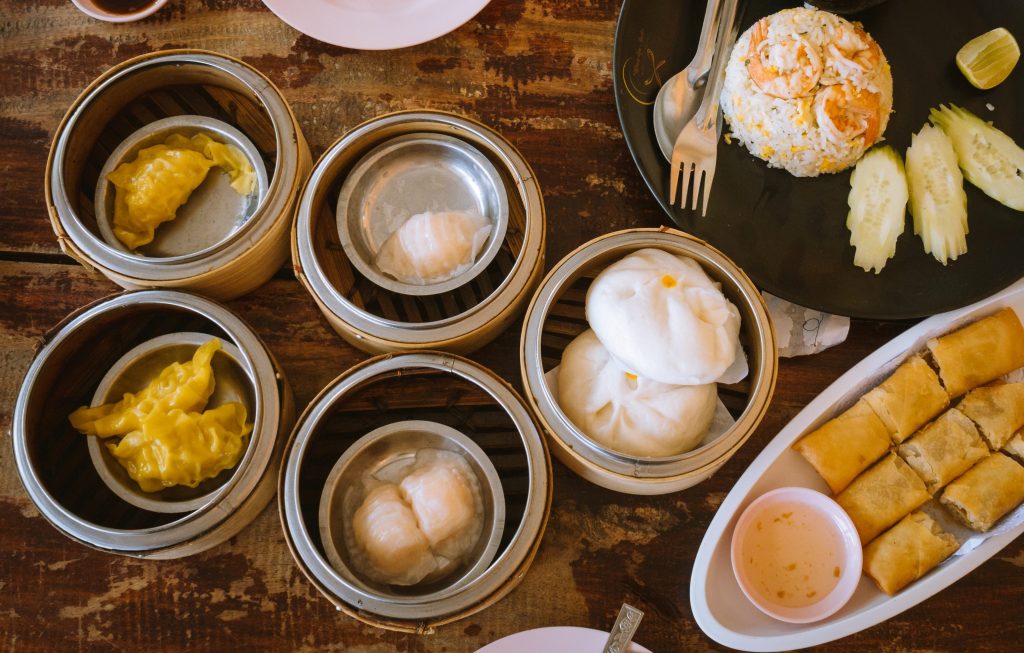
The largely Cantonese population in Ipoh is used to waking up early to enjoy dimsum breakfast and this tradition has been passed on through the generations. Ming Court (32 Jalan Leong Sin Nam) is popular among locals while Foh San (51 Jalan Leong Sin Nam) across the road caters more to tourists and out-of-town visitors. If you prefer a more upmarket setting, Yuk Sou Hin at Weil Hotel has been earning a reputation for its fine Cantonese cuisine and signature smoked duck. Try to go for dimsum early as they are usually sold out by noon especially on weekends.
You cannot claim to have experienced Ipoh if you have not tried their nga choy gai (chicken with beansprout) served with either fragrant rice or hor fun (flat noodles). Locals will invariably point you to Cowan Street Restaurant (44 Jalan Raja Ekram) for the best version in town. Another truly unique Ipoh delicacy that should not be missed is the salt-baked herbal chicken that is sold only as takeaways at Aun Kheng Lim (24 Jalan Theatre).
Further outside the city, you can indulge in the famous claypot crab tang hoon (glass noodles) at Rasa Lain Restaurant (69 Persiaran Medan Bercham 2) in Bercham, about 12 kilometres north-east of the city, but you may have to wait in queue for a table during peak hours. Their other signature dishes include homemade saito fish balls, steamed clams in wine sauce and stir-fried sotong (squid) with chicken intestines.
FAST FACTS
Where To Stay
There is no shortage of accommodation in and around town ranging from boutique hotels and AirBnBs to homestays and luxury resorts. For a unique experience in a jungle setting, you may want to escape to The Haven Resort (www.thehavenresorts.com) which is located just 15 minutes’ drive outside town.
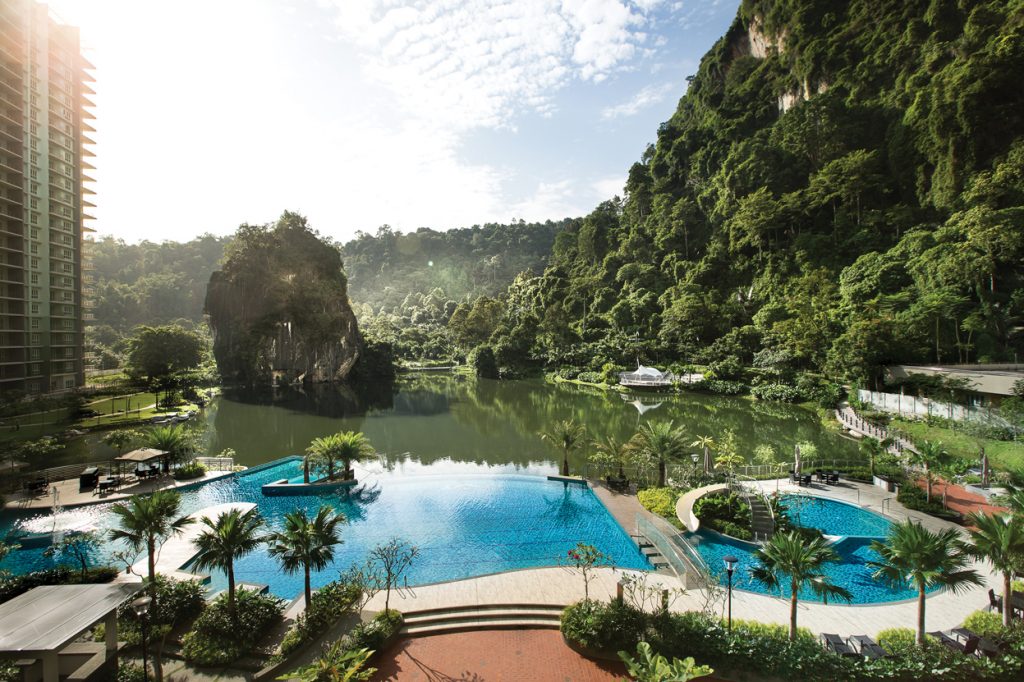
The resort comprises three towers facing a natural lake with a prehistoric limestone hill in the middle. In the morning, you can take a walk around the lake and enjoy the crisp mountain air before heading for breakfast at their popular restaurant. Adults can also go for a spa session, take a dip in the infinity pool or the hot water jacuzzi while kids can splash around in the children’s pool, feed the rabbits or explore the natural surroundings. The resort is crowded on weekends, so you may want to stay during weekdays instead.
When To Go
Ipoh is good to visit all year round but it gets busy during weekends as well as public and school holidays. You might experience traffic jam along the highway from Kuala Lumpur, so it might be worthwhile to consider taking the train instead.
Getting There & Around
There are daily flights from Singapore and Johor Bahru to the airport in Ipoh. From Kuala Lumpur, you can get there by bus or car in two hours. For a more relaxed pace, you can take the electric train (ETS) from Kuala Lumpur to Ipoh, a two-hour journey in cool comfort. Within the city, it is easy to get around by taxi or by using the Grab ride-hailing app. You can also try the Hop-On Hop-Off (HoHo) bus service for tourists during weekends which is relatively cheap.
Teeing Off
Within Ipoh’s city limits are two excellent golf courses, the storied Royal Perak Golf Club and the picturesque 27-hole Meru Valley Golf Resort. If you’re willing to drive out a bit, other enticing options await such as the spectacular Clearwater Sanctuary Golf Resort and the rugged Kinta Golf Club in Batu Gajah. A day long or overnight excursion can be made to the scenic Damai Laut Golf & Country Club in Lumut.


